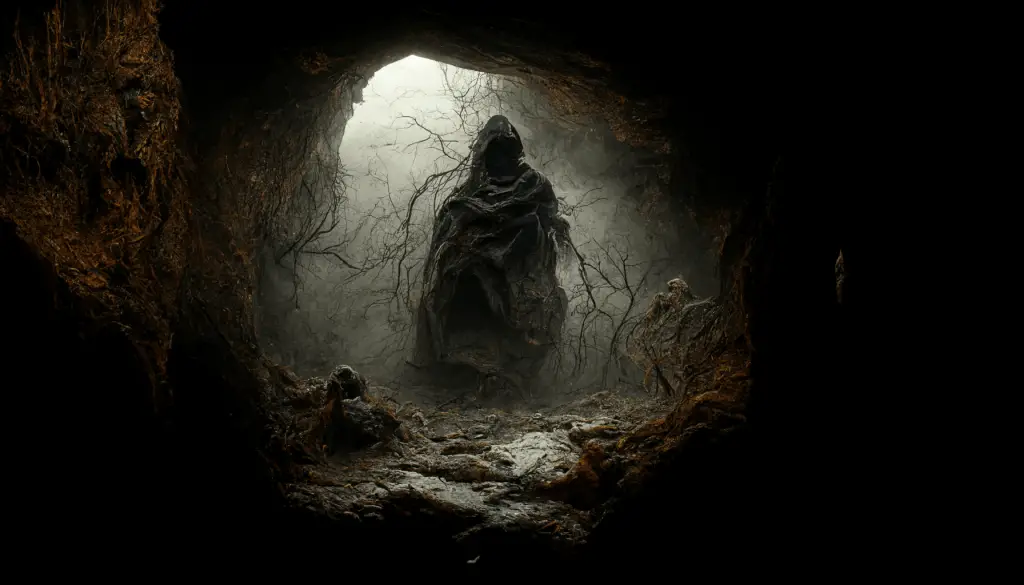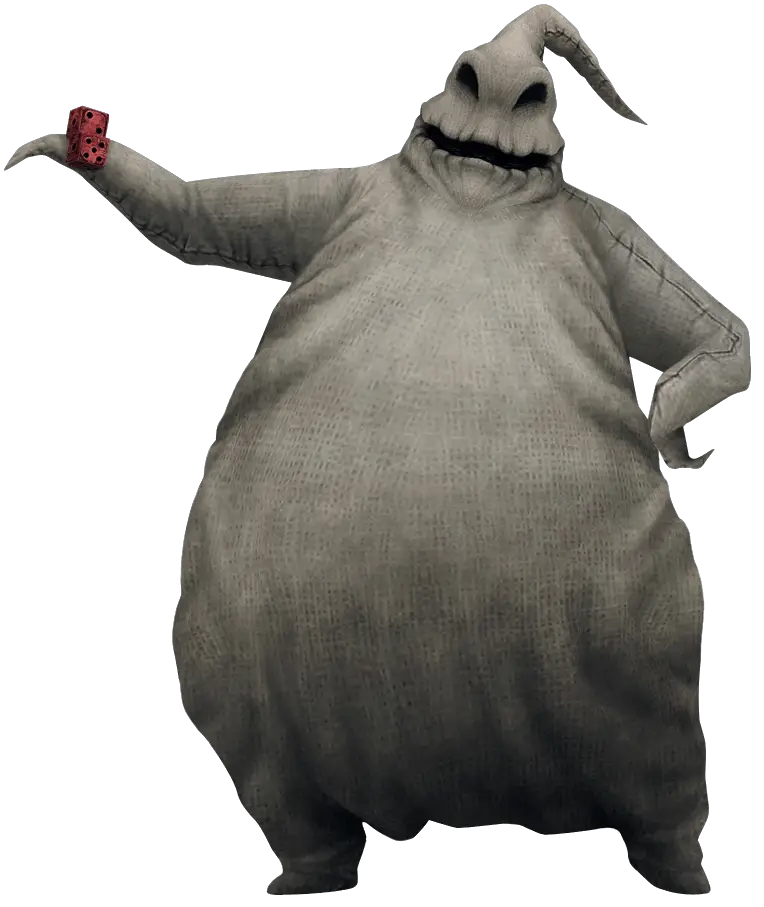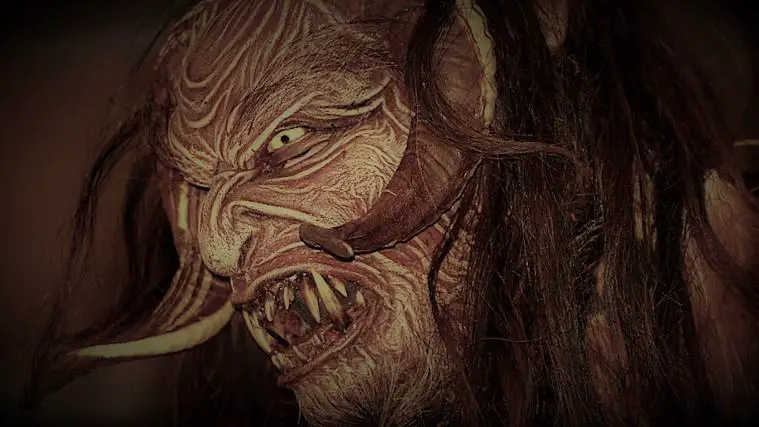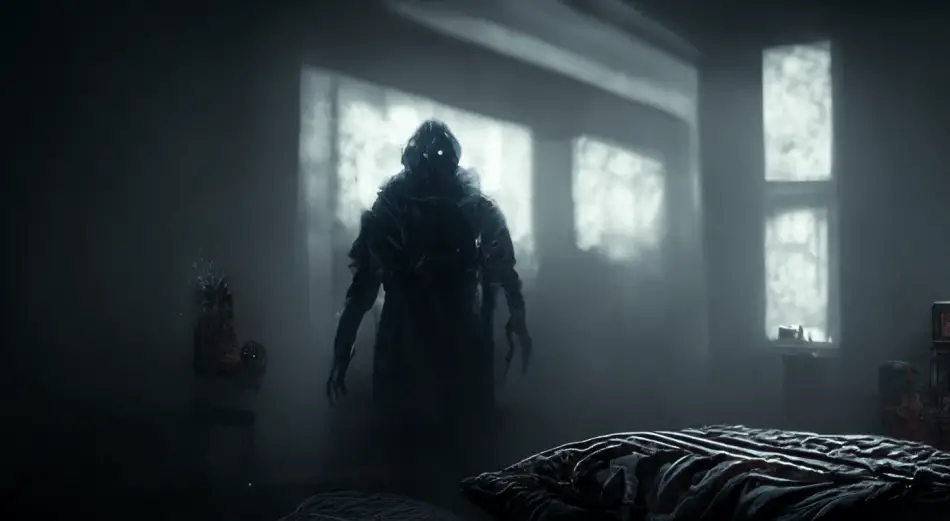Share the Lore!
By: Alex Postrado
Why Do Boogeymen Still Haunt Us?
As kids, we have all been haunted by the thought that if we don’t go to bed early, there is a frightening, kid-snatching monster that will come and get us.
It goes by different names and even takes on different forms 一 depending on the culture. However, it is most commonly known as the Boogeyman.
While we might have never actually seen the Boogeyman with our own two eyes, our parents know all about it!
Or so they say.
As children, we believe every single word of our parents’ creepy bedtime stories because 一 well, they are our parents. And there is no reason for them to invent stuff just for the sake of scaring us, right?

But, as we grow older, we start to realize that the Boogeyman that they kept on warning us about might not be that scary of a threat after all.
If anything, its story is actually more intriguing than terrifying.
There are questions that 一 for a very long time 一 we never got the chance to know the answers to.
Like, what the Boogeyman really is.
Is it some sort of a demon? A ghost? A fair folk? Or a beast?
And where exactly did its lore originate from?
Because, as far as we all know, the story of the Boogeyman has been told to children all over the world way too many times than we could likely ever count.
But, by asking the right questions, maybe it is ultimately possible to get to the bottom of it all.
To get to know more about the most fearsome menace of our childhoods 一 which is the Boogeyman 一 and to understand why its lore persisted across the globe for centuries the way that it did.

The Thing that Goes Bump in the Night
If there is one thing that straight away draws me into knowing more about the Boogeyman, it is definitely its name.
As children, the word “Boogeyman” may have already alarmed us the moment we hear it, but from a grown-up’s perspective, this name actually sounds rather peculiar.
And just by looking at its variations 一 the Bogeyman, the Boogieman, the Bogieman, the Bogyman, the Boogie Monster, or, perhaps, the strangest of it all, the Boogie Woogie 一 most could easily get the point.

These names all sound oddly alike 一 retaining the sound “bogey” or “boogey” despite the slight differences.
But what do those two words mean and why are they important in the Boogeyman narrative?
Well, for starters, the word “bogey” 一 along with its other forms 一 is said to have stemmed from the mid-19th century metonym for “the Devil”.
This suggests that any creature named after it is likely also diabolical or 一 at least 一 malicious by nature.
And while that, in itself, could already explain why the Boogeyman is a creature to be feared, a short trace further back in history would open us to another angle of the story 一 one that does not necessarily embrace Christian influences.
This version says that the same word “bogey” could instead be derived from the Middle English terms bogge or bugge 一 both of which means “scarecrow” or basically any “terror” one could try to think of.
Interestingly, the word also echoes the English terms “hobgoblin” and “bugbear” 一 which are alterations of the terms “bug” and “bugaboo“, also meaning “scarecrow“.
But, as other influences 一 like religion 一 soon entered the spotlight, these related words likewise adopted other definitions, including “bear” or “demon in the form of a bear“.
So, now, we have a “bogey” monster that is 一 predominantly 一 quite hard to exactly define 一 whether it is a devilish fiend, a brute, or something else.
Boogeymen From Around the World
Be that as it may, the vagueness of the Boogeyman clearly was not enough to stop its lore from reaching other countries and cultures.
Understood as “a non-specific personification” of general terror, parents across the world used the Boogeyman as a tool to frighten their kids into behaving.
And for that, the mysterious creature went by various names:
Puck in English; púca, pooka, or pookha in Irish; buka, Babay, or Babayka in Russian; bubák in Slovak; bauk in Serbian; babau in Italian; boeman in Dutch; and many more.
Still, its concept remained nebulous.
No one specific appearance can be attributed to the Boogeyman because the creature adapts to the customs of the region where its story is being told.

If the area is located near open waters, the Boogeyman is recalled as a dweller of the deep.
Similarly, if the place is positioned near mountainous terrain, the Boogeyman evolves into a lurker of the woods.
Moreover, the Boogey monster 一 despite the name 一 isn’t actually considered to be a singular creature, but rather a race of creatures that are known through legends and other stories.
And while mostly depicted as masculine 一 or, at times, even androgynous 一 the Boogeyman could also manifest as female 一 like English folklore’s Jenny Greenteeth, Grindylow, Peg Powler, and Nelly Longarms 一 punishing misbehaving kids just as hard as their male counterparts.
Boogeymen: What They are and Why They Exist
To put it simply, the concept of the Boogeyman varies in a cultural sense.
But, just as Boogey creatures around the world have their set of differences, they also share quite a few similarities 一 starting with some of their distinctive features.
Animal-like Boogeymen are believed to have at least one or else a combination of any of these:
Claws, talons, a sharp set of teeth, horns, hooves, scales, spots, tails, wings, whiskers, and antennae 一 among other things.
Humanoid, as well as spirit-like Boogeymen, on the other hand, are often given the hallmarks of a human body meld with mystical anomalies of some kind.
Of course, there are also Boogeymen that are basically a mix of both, appearance-wise. However, others remain formless 一 leaving their visage, for the most part, up to the imagination of every listener of the story.
Nevertheless, the Boogeyman isn’t a creature you would want to see when you are alone in the dead of night.
Unless it is the largely benevolent kind 一 then maybe the encounter would not be as bad.
You see, there are three types of Boogeymen.
First, the punishers 一 the ones that our parents used to say would kidnap us if we continue being naughty.
In other words, the type that would maybe eat us alive when provoked.
Second, the frightfully violent ones 一 the type of Boogeyman that does not need any prodding.
They are those that would pounce on any victim at any chance that they find.
And lastly, the benevolent kind 一 Boogeymen that protects certain people, animals, places, or things, and would only harm those that act as a threat to them.
Although these three kinds oppose each other to an extent, they all still mainly serve the same purpose 一 to get children to follow their elders.
Punishment-bearing Boogeymen 一 the likes of Alpine lore’s Krampus 一 scare kids into discipline. Reminding them that if they keep on being naughty, a monster would one day come to teach them their lessons the hard way.

The bloodthirsty Boogeymen 一 similar to Brazil’s human-alligator monstrosity, Cuca 一 represent the unrelenting dangers of the immediate surroundings. Warning kids that they should not wander off alone in certain places, such as dark alleyways, vast marshlands, and the like.
And as for the protective Boogeymen 一 arguably along the lines of Slavic folklore’s Baba Yaga and the Inuit’s Qalupalik 一 they exist in tales to look after particular circles of people 一 often women or children 一all the while telling us of the several unimaginable ways they could get even with those who fail to heed their warning.
Where the Boogeymen Came From
While the history of the name “Boogeyman” is somewhat easier to uncover, the exact origins of the concept are, unfortunately, kind of impossible to nail down.
This is mostly because of how prevalent the Boogeyman story is across the world.
Its popularity simply makes it difficult for us to know where to actually start digging.
But some researchers conclude that the lore of the Boogeyman runs all the way back to as early as the 1500s, probably starting in England.
They theorize that when English parents found the fictional Boogeyman effective in disciplining children, they passed it on to others through word of mouth 一 in the form of fairy tales and rhymes 一 until the story spread across Europe and ultimately reached the other continents.
Though, as we all know, there is not enough evidence for that origin theory yet.
The only proof that we now have is about how the Boogeyman 一 the creature that we once thought was the epitome of horror 一 was actually on our side all along.
Helping our parents keep the younger us safe and out of trouble through stories that utilized our own fears and turned them into reasons for us to stay on the path.
References:
Urban Legends: Slenderman, Bogeyman, And The Big Bad Wolf History Of The Boogeyman Here’s Where The Whole Idea Of A “Boogeyman” Actually Came From Who Is The Bogeyman And Where Did He Come From? Bogeyman - Myths And Folklore What The Boogeyman Looks Like In Other Countries

